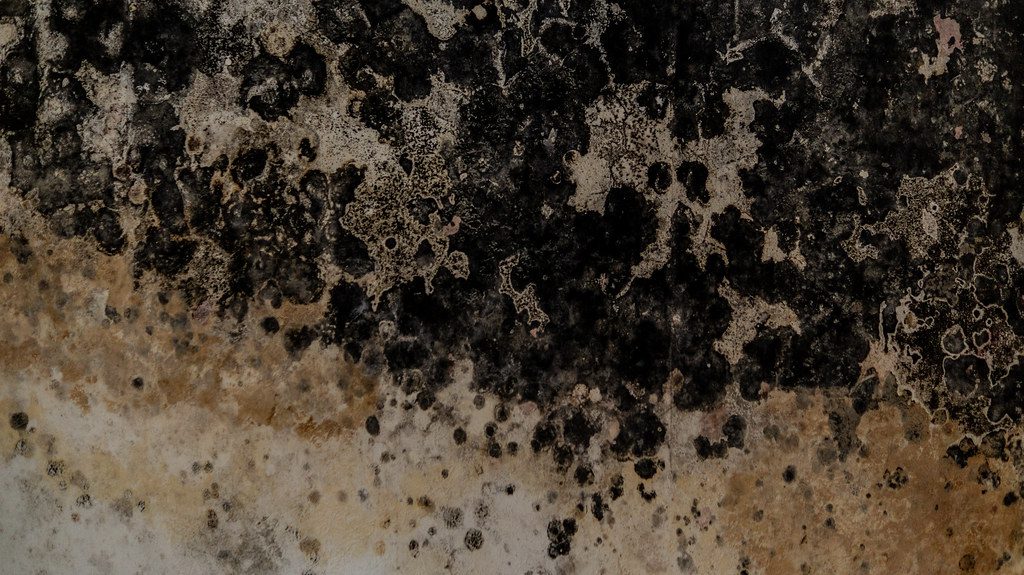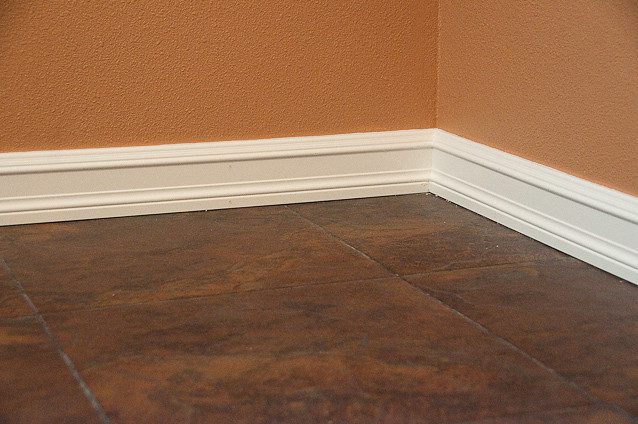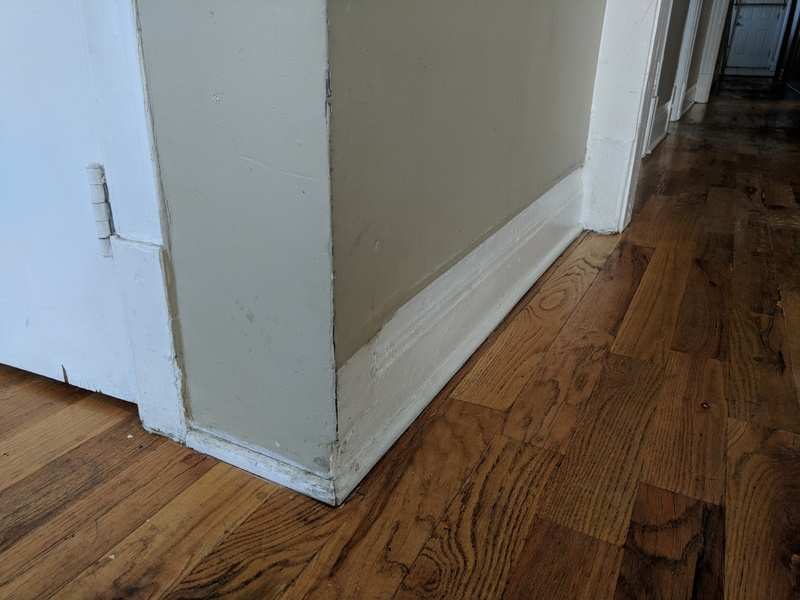Baseboards protect your walls from being scuffed by shoes or vacuum cleaners and cover up the intersection of where the carpet meets the wall. Since they’re so low to the ground, water damage on baseboards can serve as the canary in the coalmine for more extensive issues with your home’s plumbing.
Water damage on baseboards provides some of the earliest signals of potential problems lurking behind your walls.
This article will go over why water damage on baseboards is a big deal, some other early warning signs of water damage, and your two best options for dealing with water damage on baseboards.

Water damage on baseboards doesn’t exist in a vacuum. Whatever water caused the problem can also dampen the drywall behind your baseboard or pool in the space behind your wall.
And whenever water sits for a long time, there’s a high likelihood of mold growth.
Mold can cause several health problems. The respiratory systems of everyone in the space are at risk whenever mold is present, and the danger only increases as time goes by and mold growth proliferates.
Any water damage on baseboards or anywhere else on your property requires quick intervention—everyone’s health is at risk otherwise.

Water damage on baseboards is just one sign of water damage. Signs of water damage include:
Let’s take a look at each.
Baseboard swelling occurs when the material absorbs water. It can come apart from the wall or become warped.
There are two common types of baseboards: fiberboard and wood. Fiberboard is essentially compressed sawdust and resin; because of its composition, it absorbs more moisture than wood baseboards.
One reason for baseboard swelling without a major leaking event is water pooling behind your walls. This water settles on the ground and primarily affects the baseboards.
Moisture behind or inside walls can cause peeling of the exterior covering. So, when you notice your paint or wallpaper peeling in conjunction with water damage on baseboards, you know the water has affected your walls.
Wet drywall isn’t salvageable. If you notice peeling paint or wallpaper, there’s a good chance that the wall section requires replacement.
Both water and mold cause discoloration. Checking the area right above your baseboards can reveal water damage issues if you find staining.
In the event, you discover staining and don’t call a restoration company right away, monitor the size of the stain. If the size changes, that means the leak is still ongoing—don’t delay calling for professional help any longer.
Don’t hesitate to call an expert if you discover mold stains above water damage on baseboards. Your health and the health of those occupying the space are at risk.
Water damage on baseboards gets into the wall behind. When this happens, the wall can warp, displacing the baseboards from their typical flush position.
Warped walls require extensive repair or replacement. Whenever this happens, contact your local water damage restoration expert for analysis.

Identifying and addressing the leak source is a crucial step before taking care of any water damage on baseboards. Without stopping the water, any efforts at fixing the visible problems can become pointless.
Plus, there’s the possibility of salvaging the baseboards, saving you money during the repair process.
After taking care of the leak, there are two options for taking care of any water damage on baseboards: repair or replace.
The repair involves reusing the baseboards. After both the wall and the baseboards are completely dry and any warped walls and damaged exterior covering—paint or wallpaper—are fixed, the baseboards are reattached.
This remedy assumes the baseboards are salvageable. Many fiberboard baseboards aren’t reparable. Also, the baseboards must still be flat—any warping makes them beyond use.
Replacement is common because of how often water damage on baseboards damages them beyond repair.
While repairing is cheaper, replacement is a better long-term solution. Solid wooden baseboards are often used, which offer greater durability over the long run.
Water damage on baseboards can be a sign of a larger problem. In the worst cases, mold, in the best cases, a leak behind the wall. Because of the potential health risks, calling your water damage restoration expert right away is the best course of action.
Look out for stains, peeling, and warping—you have an ongoing leak whenever any of these issues increase in magnitude.
ER Contracting’s team of water damage experts service the Houston, Texas, area and surrounding suburbs. If you notice water damage on baseboards or any other signs of water damage, give us a call or reach out via our contact page and schedule your free estimate!